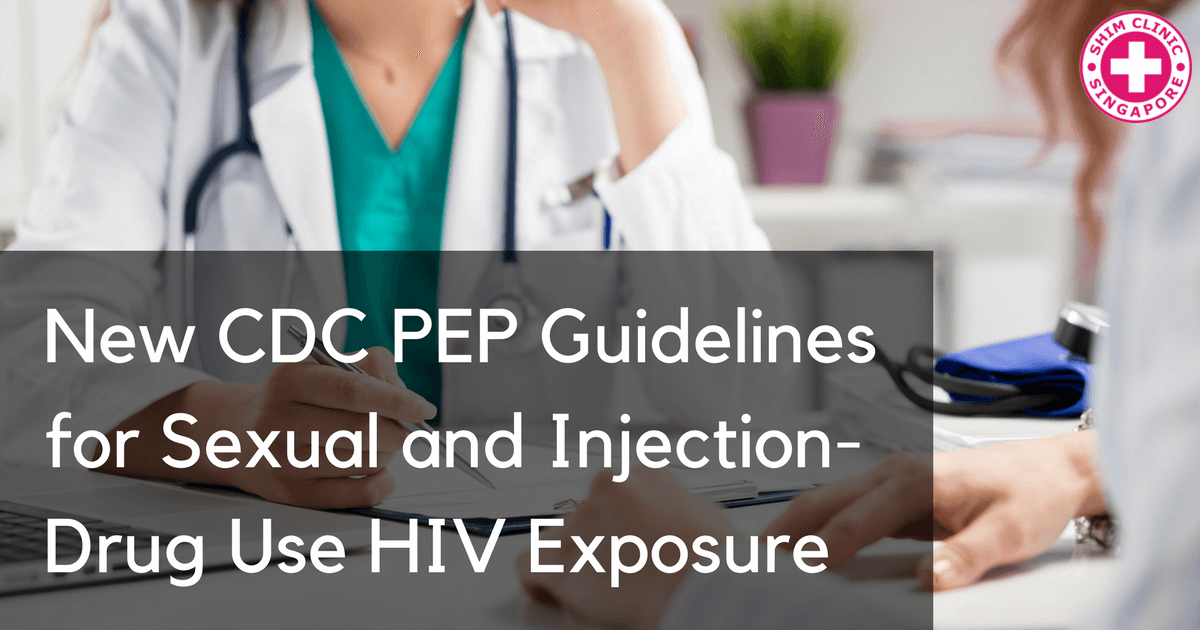New research on HIV prevention and treatment across the globe is published year in year out with the main objective of finding a cure to the dangerous infection. New medicines have been created as a result of this research, making HIV less deadly than it was about a decade ago.
At the moment, protection against exposure such as sexual abstinence, sex with an HIV-uninfected partner (mutual monogamy), use of condoms consistently and correctly, abstinence from injection drug use among other methods of protection against exposure are considered to be the most effective methods for preventing HIV infection.
In addition, provisions of antiretroviral treatment after secluded sexual engagement, use of drugs that are injected into the body or other nonoccupational HIV post exposure prophylaxis (nPEP), is found have less effective results at preventing the infection, rather than avoiding exposure.
New Recommendations for nPEP Use Released
It is against this background that the Department of Health and Human Services (DHHS) in the U.S in 2005 released recommendations for nPEP use to reduce the risk of getting infected with HIV virus due to nonoccupational exposure. Updated guidelines on the use of occupational PEP (oPEP) among people with possible HIV exposures were published last year (2016).
This document updates the nPEP recommendations published in 2005, specifically giving new information on clinical experience for delivering nPEP to prevent HIV infection for different exposure types.
Summary of Guidelines
Below is a summary of the guidelines done by CDC scientists selected from different organisations and bodies in the health sector.
- Health care providers are advised to examine persons quickly for nPEP when care is pursued less than 72 hours after a potential exposure that presents a considerable threat for HIV acquisition.
- All persons considered for nPEP should go through HIV testing to determine their HIV status, if possible by means of prompt combined Ag/Ab, or antibody blood tests.
- In the event that rapid HIV blood test results are unobtainable, and nPEP is otherwise pointed out, it should be commenced as soon as possible and can be stopped in the event that the patient is later found to have HIV infection already or the source is determined not to have HIV infection.
- nPEP should be recommended when the source of the body fluids is known to be HIV-positive and there is a risk of transmission.
- If care is sought more than 72 hours of exposure to the HIV infection, nPEP is not recommended.
- A 28-day course of a 3-drug antiretroviral regimen should be administered to all persons offered nPEP.
- The preferred treatment for healthy adults and teenagers includes tenofovir disoproxil fumarate with emtricitabine once daily, plus raltegravir twice daily or dolutegravir daily.
- Alternative regimen for otherwise healthy adults and adolescents includes tenofovir with emtricitabine once daily plus darunavir and ritonavira once daily.
- Treatments are also provided for children, persons with decreased renal function, and expectant women.
- Health care providers making an allowance for using antiretroviral regimens for nPEP other than those listed in these guidelines are encouraged to consult with other caregivers experienced in antiretroviral medication use for similar patients.
- All individuals assessed for possible nPEP should be given any prevention method, treatment, or post care to deal with other health conditions associated with exposure such as sexually transmitted infections caused by bacteria, distressing injuries, hepatitis B virus and hepatitis C virus infection, or pregnancy.
- Counselling focused on reducing risk and intervention services should be given to individuals who report being at higher risk for frequently recurring HIV exposures, for instance, injection drug use, or sex without condoms.
The updated guidelines and recommendations are meant for health care providers, public health professionals, clinicians, persons at risk for HIV infection, as well as the general public.
Source: Centers for Disease control and Prevention, 2016

